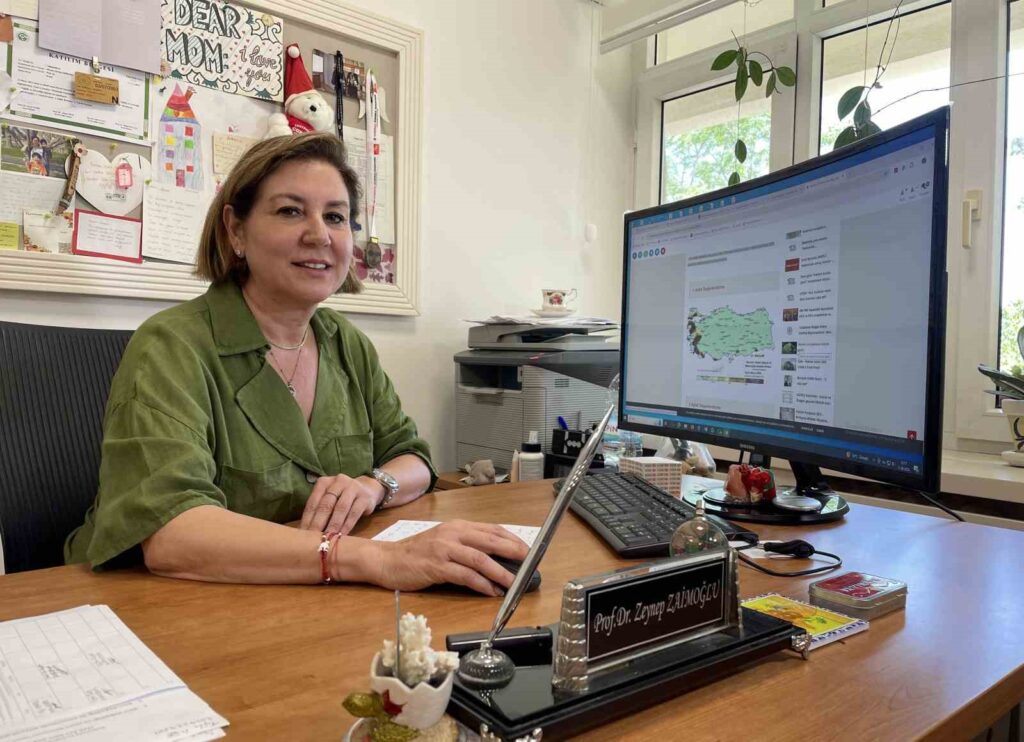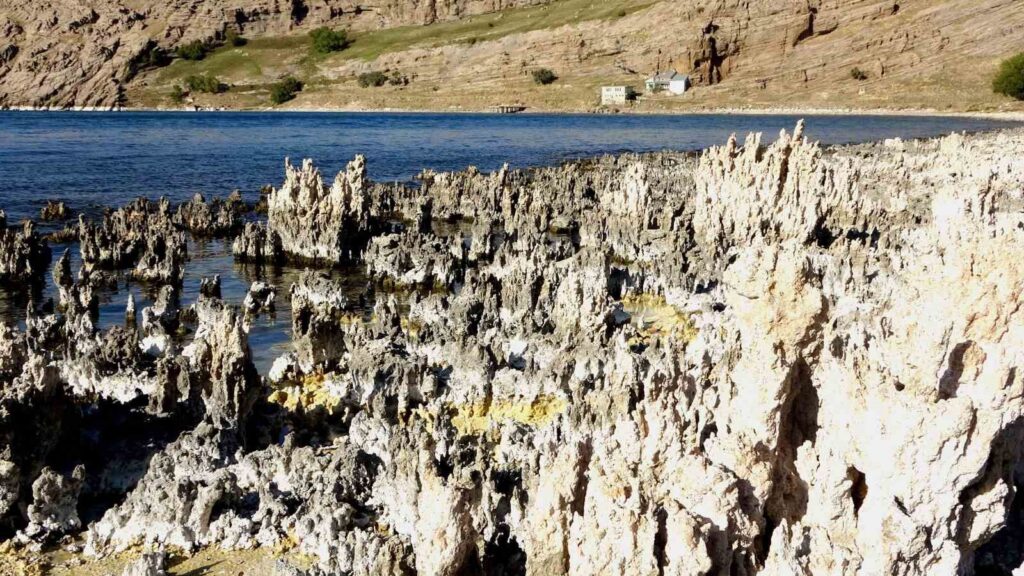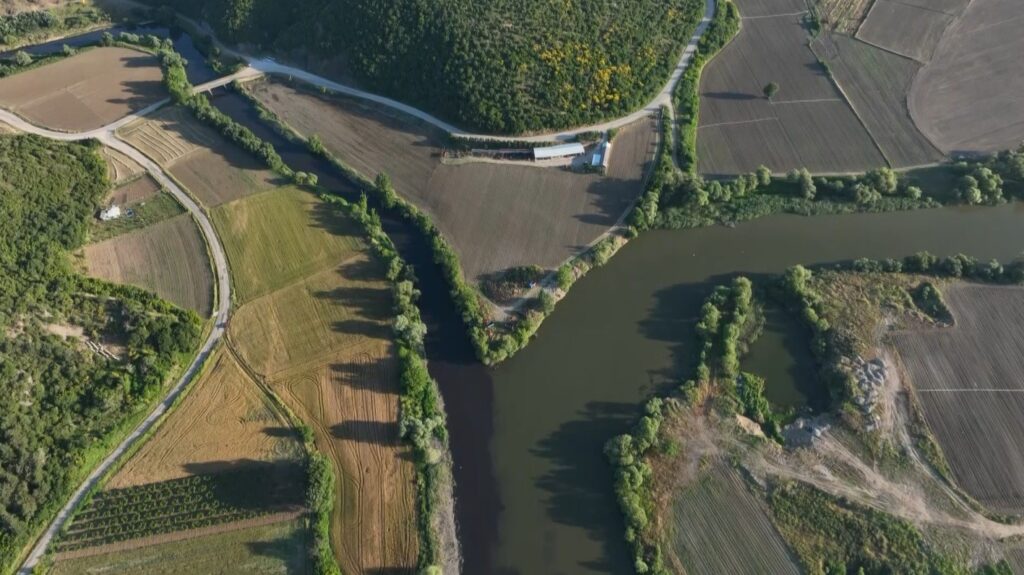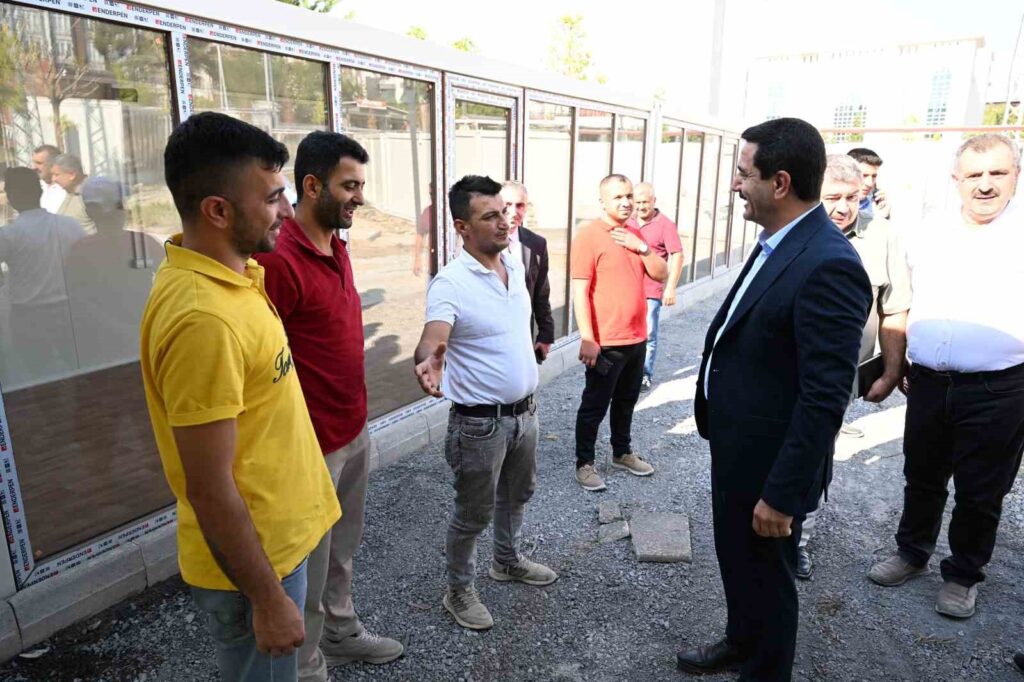Prof. Dr. Zaimoğlu: ‘Die verborgene Gefahr, die die globale Erwärmung auslöst, ist die Verwendung von Klimaanlagen’
In Adana, where houses have at least two air conditioners, Çukurova University Environmental Engineering Department Professor Dr. Zeynep Zaimoğlu explains that energy consumption in cooling systems is expected to triple by the year 2050 compared to the present day.

In Adana, where at least two air conditioners are found in houses, it is expected that energy usage in cooling systems will triple by the year 2050 compared to today, as explained by Prof. Dr. Zeynep Zaimoğlu, a faculty member of the Department of Environmental Engineering at Cukurova University, who stated, ‘Unfortunately, with global warming, a temperature increase of 1.5 degrees brings along the need for energy and air conditioner usage for cooling.’ The increase in air conditioner usage with the arrival of summer also brings along an increase in energy consumption. It is expected that the energy used in cooling systems will triple by the year 2050, alongside intense energy consumption due to at least 2 air conditioners in houses.
“European Union has started taking precautions.” Prof. Dr. Zeynep Zaimoğlu, who stated that the amount of energy used for cooling is expected to triple by the year 2050, mentioned, ‘Actually, it is extremely difficult to control energy usage. Various measures have started to be taken in various European Union countries against this situation. For example, in France, when the temperature in public buildings exceeds 26 degrees, air conditioning usage is allowed. Similar practices are also starting in other countries. Because the use of air conditioners has certain damages on climate and nature.’ Zaimoğlu pointed out the negative consequences of the large portion of energy used for air conditioners in Turkey being met by thermal power plants, ‘Unfortunately, the energy generated for the air conditioners we use in our country is largely met by thermal power plants. The energy supplied from these plants becomes a serious factor in global warming. Therefore, there are two different negative effects of air conditioner usage. Firstly, the fact that the energy used comes from thermal power plants and the harms of carbon dioxide and equivalent gases released in this way. Secondly, the negative effect of the hydrofluorocarbon gas used in air conditioners on climate change. While we try to reduce the emissions of carbon dioxide and equivalent gases, we make them much more harmful by using air conditioners at high temperatures.’
“The solution is proper insulation.” Zaimoğlu, stating that it is extremely difficult to prevent air conditioner usage, especially in hot cities, said, ‘One of the most important ways to prevent this is insulation in buildings. With a proper insulation system, less air conditioner usage in buildings can be achieved. This seems possible in the coming periods by ensuring the necessary construction quality and municipal controls. Central system air conditioners also emit much less hydrofluorocarbons compared to individual air conditioners. However, we can say that the economic cost of these is not very cheap for our country. In conclusion, insulation seems to be the solution.’ Zaimoğlu pointed out that the proximity of buildings in cities is effective in the formation of heat islands, which is one of the reasons for the increase in temperature, ‘Buildings being close to each other and the temperatures created by the external units of air conditioners lead to the formation of ‘heat islands’ in cities. Having open spaces between buildings as much as possible and having more green areas in urban areas can be an obstacle to the formation of these heat islands.’







